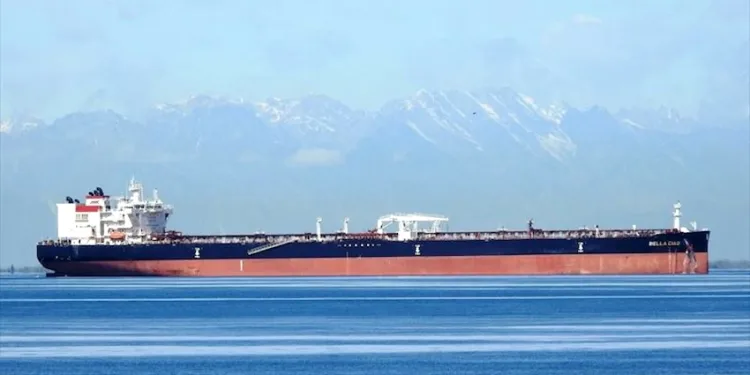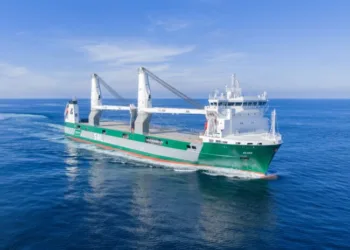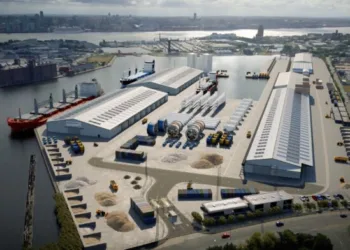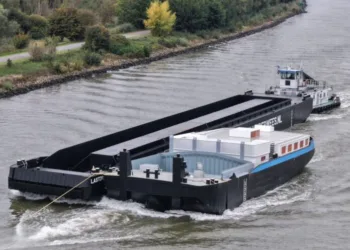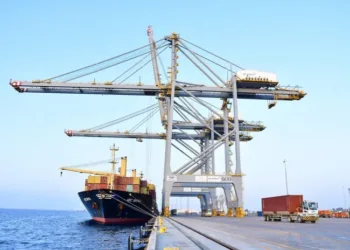Argentina is poised to become a far more prominent fixture on the global crude oil shipping landscape, with soaring shale output and major infrastructure investments unlocking new export opportunities and driving increased demand for mid- and large-size tankers.
At the heart of this transformation is the country’s prolific Vaca Muerta shale formation, whose production hit 450,000 barrels per day last month and is on track to surpass 1m barrels per day by 2030, according to analysts at Poten & Partners. This production boom has already made Argentina a net crude exporter and is rapidly redrawing regional tanker routes.
The acceleration of Argentina’s export potential has been facilitated by a string of major pipeline and terminal projects. The Trasandino pipeline, which was reactivated in 2023, now carries Vaca Muerta crude across the Andes to Chile, while the Oldelval pipeline expansion to Puerto Rosales—increasing capacity from 550,000 barrels a day to 750,000 barrels per day—has allowed more exports from Argentina’s Atlantic coast.
This enabled the first suezmax cargo to be loaded at Puerto Rosales earlier this month, signalling a shift from aframax to suezmax tonnage. Analysts at Gibson note that nearly half of Argentina’s current crude exports—averaging 170,000 barrels a day in 2025—are carried on aframaxes, but the suezmax share is expected to rise in the second half of the year.
Looking ahead, the game-changer is the Vaca Muerta Sur pipeline, a 600 km, 550,000 barrels a day line under construction that will link the shale basin directly to a new deepwater port at Punta Colorada. Set to open in late 2026, the terminal will include two single-point moorings capable of handling VLCCs, with already 280,000 barrels per day of capacity booked by major producers including YPF, Chevron, and Shell.
Once operational, this new route will double Argentina’s oil export capacity to 930,000 barrels per day, with potential expansion to 1.5m barrels per day by 2030, and it is expected to usher in a new era of VLCC loadings for long-haul shipments.
Historically, Argentina’s crude exports have been dominated by short-haul flows to the US west coast, notably Long Beach and Honolulu. However, as suezmax and eventually VLCC capacity comes online, longer-haul destinations in Asia are expected to emerge, driving an uptick in tonne-mile demand.
Analysts warn that this may not be without challenges. The Atlantic Basin is currently oversupplied with light sweet crude, potentially complicating regional placement of Argentinian barrels. Nevertheless, rising demand in Asia provides an outlet for the growing supply.



